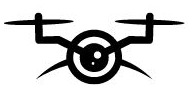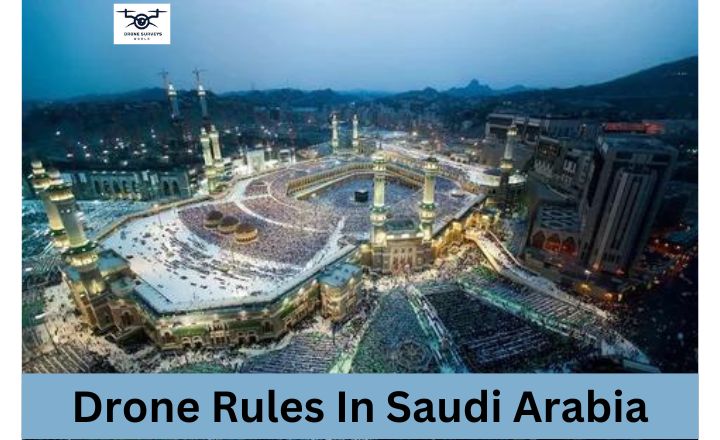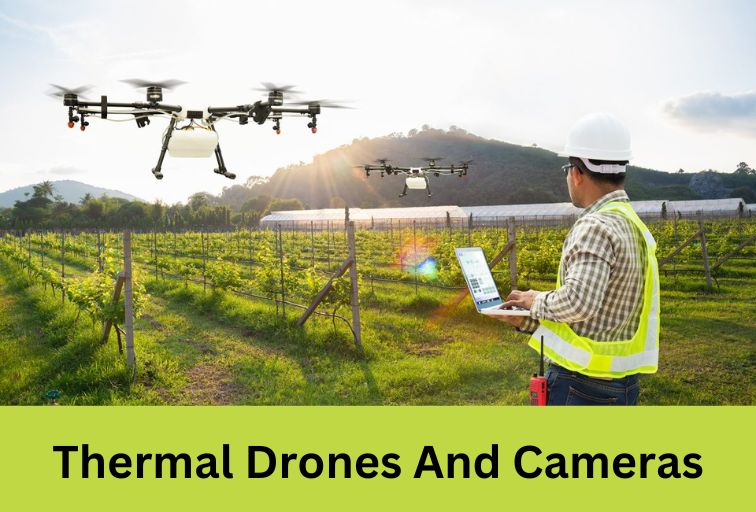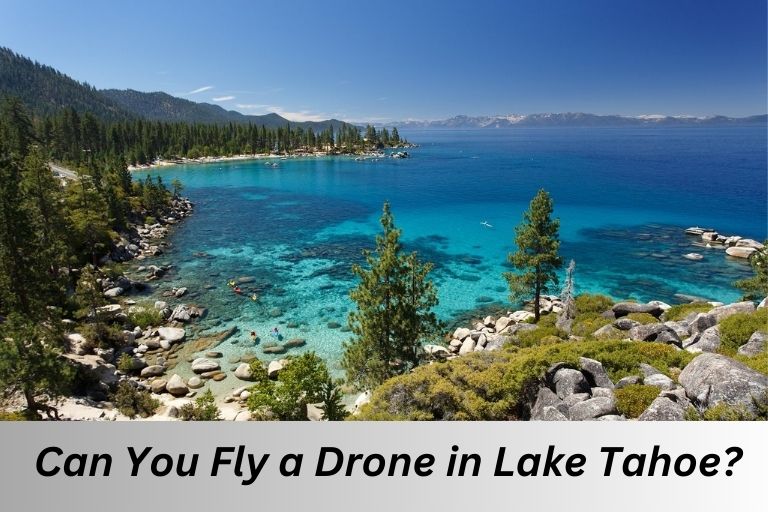Drones are advanced technology that has changed how we see the sky. They are small or medium-sized flying machines that can be controlled from far away or fly on their own. Drones are used in many industries like photography, farming, and security.
They have modern features like GPS, radar, sensors, and high-quality cameras. Drones are leading innovation today. Let’s explore the different types, unique drone features, and their history in modern warfare and daily life.
What Are Drones?
Drones, or unmanned aerial vehicles (UAVs), are advanced devices that have changed many industries. They were first made for the military but are now used for things like taking pictures, farming, and watching over places.
Their cameras and sensors let them go to hard-to-reach areas, gather information, and do tasks well. The fast progress in drone technology has led to discussions about privacy, rules, and ethics.
Despite these challenges, they improve with longer flight times, more carrying capacity, and innovative features. As they become more common, it’s essential to see the good they bring while dealing with the risks they might have.
How Do Drones Work?
They fly using propellers to move and sensors like GPS to know where they are. The sensors send data to a computer that controls the speed, direction, and height.
This system lets them fly independently or be held by a person with a remote or phone. They are like small planes that can accurately take pictures from the sky or help in emergencies.
What Are Common Features And Components?
These are equipped with various components that work together to ensure smooth and efficient operation; some are given;
| Camera system | GPS navigation system |
| Obstacle avoidance sensors | Batteries |
| Antennas | Accelerometers |
| Altimeter | Motors |
| Flight Controller | Propellers |

Examples of Features include;
- The ability to track and store flight logs is a valuable feature. These logs provide detailed information about each flight, including data on altitude, distance travelled, speed, and battery usage.
- Advanced camera features like gimbal stabilization, and adjustable settings help users easily capture stunning aerial footage.
- Follow-me modes let the track and film a subject autonomously, creating new opportunities for creative videography and photography.
- Obstacle avoidance technology uses sensors to detect and navigate around obstacles in real time, ensuring a safe flight path in crowded or unfamiliar environments.
- Advanced batteries and power management systems allow longer flights, ranging from 20 minutes to an hour, depending on the model. This extended flight time opens up new possibilities for aerial photography, surveillance missions, and search and rescue operations.
- Built-in sensors and GPS technology enable them to maintain a precise position in the air, even in challenging conditions like solid winds, ensuring smooth and stable footage.
Types Of Drones
There are two main types available;
Rotor drones include single-rotor and multi-rotor quadcopters, tricopters, hexacopters and octocopters. These are popular for recreational use, aerial photography, and even racing competitions due to their agility and flexibility.
Fixed-wing drones include hybrid vertical takeoff and landing (VTOL) that don’t require runways. These are commonly used in applications such as mapping terrain, monitoring wildlife populations, and delivering medical supplies to remote areas.
Non-military drones include personal, hobbyist, or commercial aircraft.
Personal Drone
They have revolutionized the way we capture memories and explore our surroundings. With consumer-friendly designs and advanced features, these compact flying machines weigh 10 pounds or less, making them easy to transport and operate. The ability to record stunning HD video from unique aerial perspectives has opened up endless possibilities for creators and adventurers.
- The PowerVision Po also garners attention with its innovative underwater drone capabilities, catering to underwater explorers seeking an immersive aquatic experience like never before.
- Autel EVO II has a great camera and can fly for a long time.
- The Ryze Tello is a good choice for beginners or casual users who want a drone with good features at a low price.
- The DJI Mini 2 is small and easy to carry but performs well.
- The DJI FPV offers an exciting flying experience with its immersive first-person view mode.
- The DJI Mavic 3 is famous for enthusiasts and professionals, with features like longer flight time, better obstacle sensing, and improved camera capabilities.
- The DJI Air 2S is compact and powerful.
- The Parrot Anafi is lightweight and easy to carry.

Commercial Drone
With its versatility and efficiency, a drone has revolutionized industries like agriculture, construction, and photography. Electro-optic imagers and mid-wave infrared cameras provide valuable data for various applications, including agriculture, construction, and surveillance. It weighs only 35 pounds on average.
| Parrot | Hubsan |
| Elistair | PrecisionHawk |
| Identified Technologies | Yuneec |
| DJI | 3D Robotics |
- Parrot
- Hubsan
- Insitu
- Elistair
- Identified Technologies
- PrecisionHawk
- Yuneec
- 3D Robotics
- DJI
Commercial And Enterprise Drone Applications
- They help journalists capture amazing aerial views, adding depth to stories. They can reach difficult areas, aiding emergency response teams in disasters by providing live data to save lives.
- They can take high-quality images and surveys from above, helping authorities prioritize areas needing help. This technology boosts the efficiency of disaster response, with the potential for more improvements.
- In firefighting, they are crucial for better understanding situations and response plans. They offer live footage of wildfires, helping firefighters decide on resources and evacuations.
- They are helping with communication relay in commercial uses.
- They have cameras and sensors to give farmers important data on crop health, soil moisture, and pests. This allows farmers to make better watering, fertilizing, and pest control decisions, leading to more crops and sustainable farming.
- They are also used to monitor wildlife and vegetation in different areas. This helps researchers get data that was hard to get before. It saves time and money and allows scientists to study ecosystems better, leading to discoveries in biodiversity conservation.

History Of Drones
Drones have been around since 1849 in Italy, during Venice’s fight for independence from Austria. Austrian soldiers attacked Venice with balloons filled with hot air, hydrogen, or helium-carrying bombs. The idea of pilotless radio-controlled aircraft started during World War I.
In 1918, the U.S. Army created the Kettering Bug, an unmanned flying bomb aircraft never used in combat. The first widely used drone was introduced in 1935, based on the de Havilland DH82B Queen Bee biplane. It had radio controls operated from the back seat and was mainly used for artillery gunner training. This early drone use led to the term drone being adopted from the Queen Bee name.
Initially, the military was interested in UAV technology, but it faced problems like being unreliable and expensive. Worries about spy planes being shot down made the military rethink the use of unmanned aerial vehicles. Military drones started to do different tasks, like dropping leaflets and acting as decoys for spying missions.
In 1982, the Israeli Air Force effectively used UAVs to take out the Syrian fleet with fewer Israeli casualties. These Israeli drones played a key role by acting as decoys, disrupting communication, and giving live video surveillance.
UAV Reception And Drone Regulations
Initially, the military was interested in UAV technology, but it faced problems like being unreliable and expensive. Worries about spy planes being shot down made the military rethink the use of unmanned aerial vehicles. Military drones started to do different tasks, like dropping leaflets and acting as decoys for spying missions.
In China, you need a license from the Civil Aviation Administration to fly drones above 400 feet or if your drone weighs more than 15 pounds. You must also follow no-fly zones.
The Civil Aviation Authority has strict rules on where and who can fly drones in London to prevent accidents and keep people safe.
In the U.K drones cannot fly above 500 feet, and you must register any drone weighing over half a pound. The Civil Aviation Authority has set rules called Drone code to help people fly drones safely. Countries worldwide are making rules to ensure drones are used safely.
- Don’t fly near airports or airfields.
- Remember to stay below 400 feet and at least 150 feet away from buildings and people.
- Observe your drone at all times.
- Never fly near aircraft.
- Enjoy responsibly.

Conclusion
A Drone has changed from military tools to versatile devices in many industries. They can do things like take aerial photos, do surveillance, and make deliveries. Different types of drones, like quadcopters and fixed-wing models, exist for other jobs. They have been around since the early 1900s and have improved a lot. Users need to know how to use them safely and follow the rules. Try using drones to enhance your work or hobbies.
Frequently Asked Questions
Do all drones require a remote controller to operate?
While many are controlled remotely using a controller or smartphone app, some advanced models can also be programmed to fly autonomously.
What is the headless mode on a drone?
Headless mode on a drone feature allows the user to control the drone based on their orientation rather than the drone’s orientation.
How long do drone batteries typically last?
Battery life varies depending on the model, but most consumer-grade flights range from 15 minutes to 30 minutes per charge.





